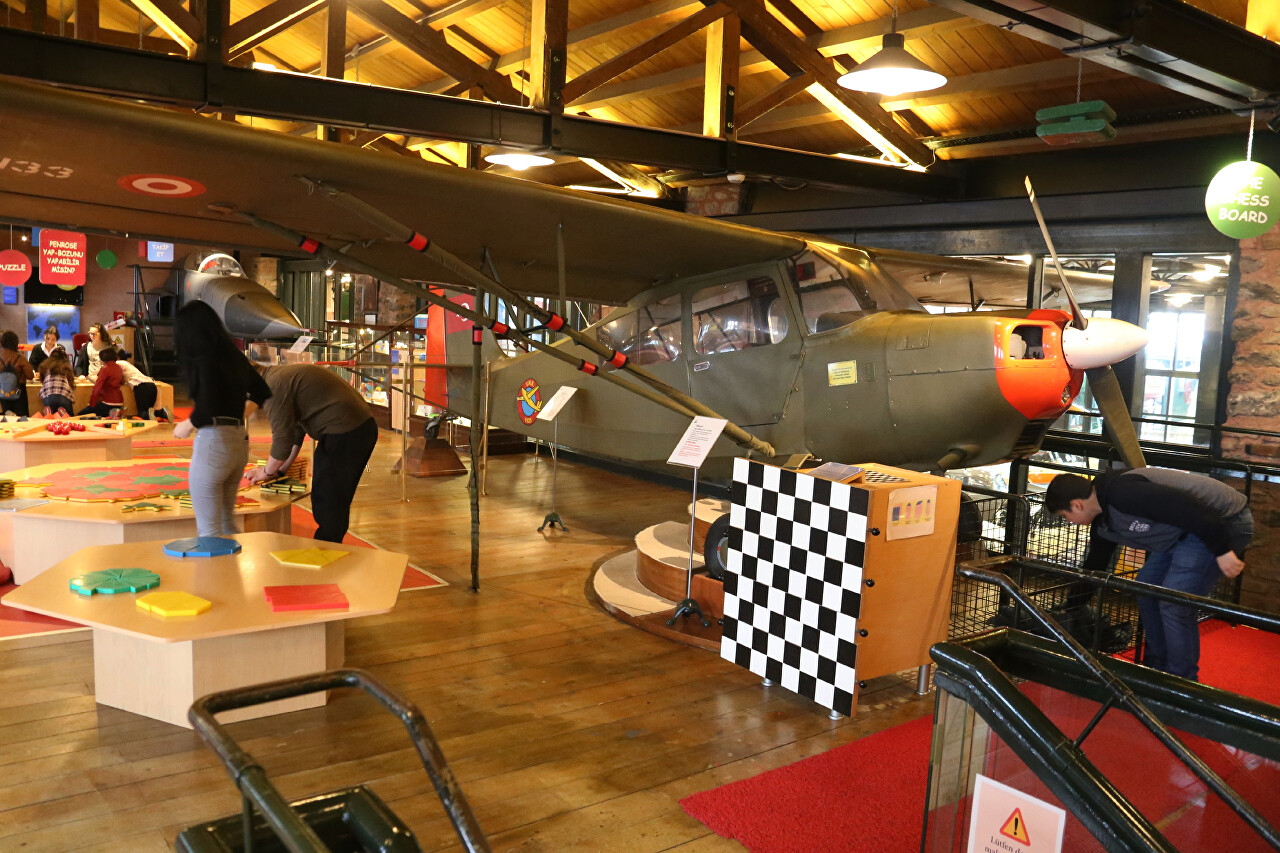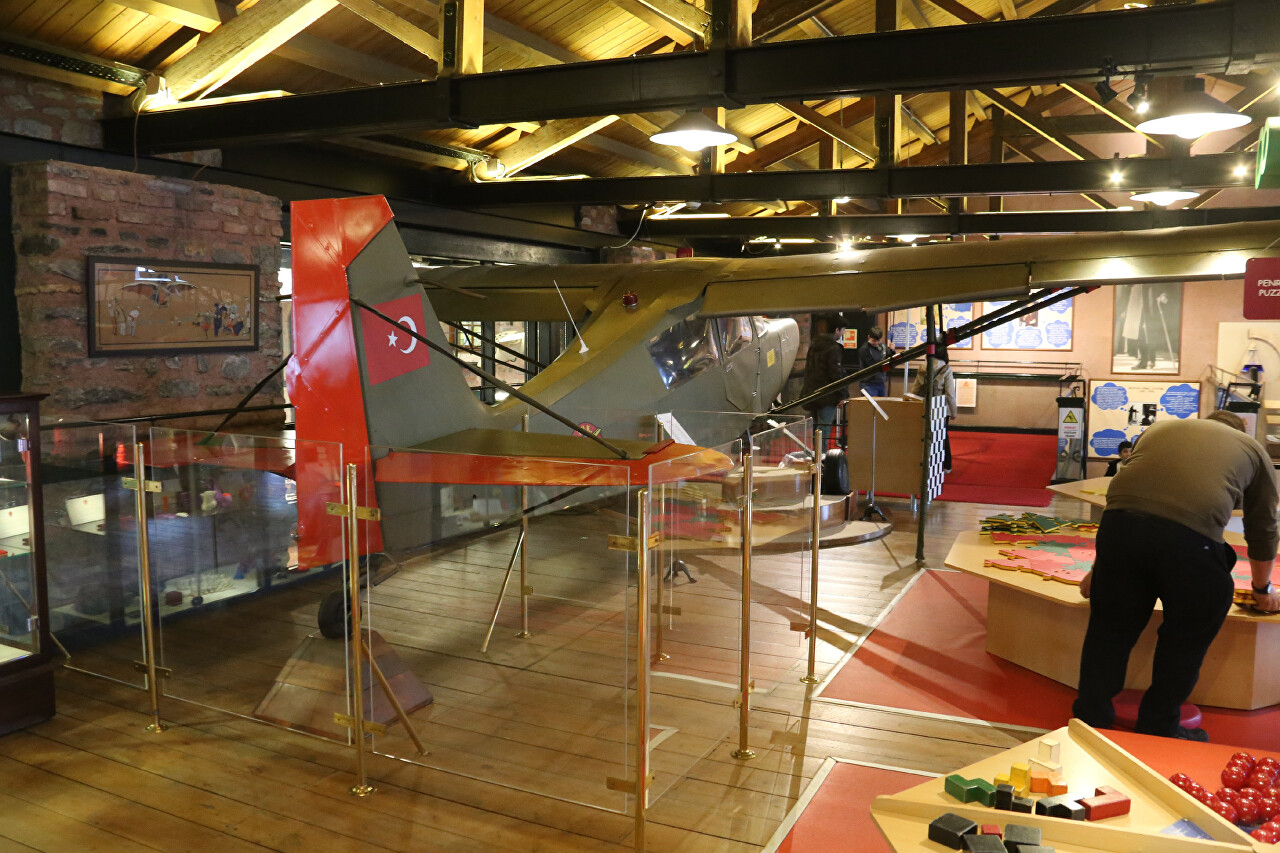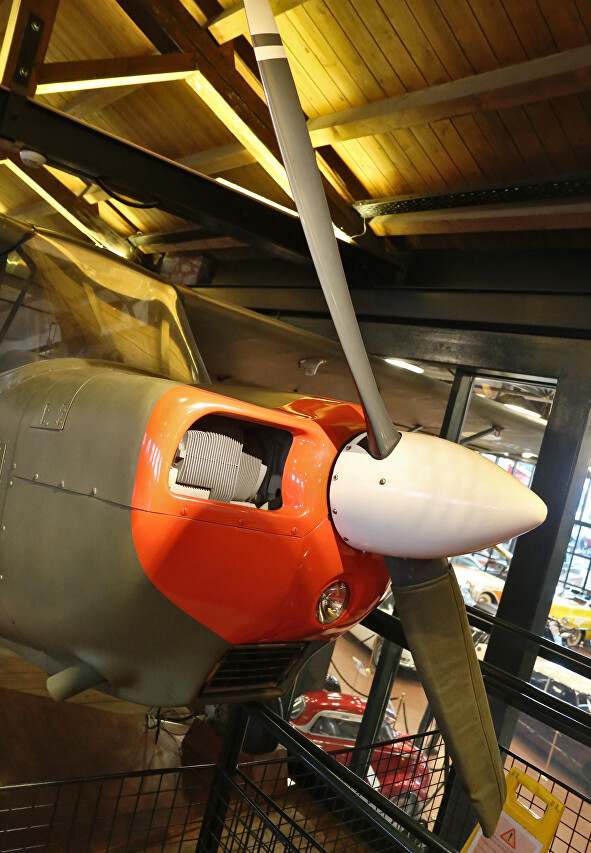Bellanca T7 GCBC Citabria (Istanbul)
In the thirties, the United States experienced a real boom in amateur aviation and in 1938 Piper began production of two-seat J-3 Cub aircraft. The simplicity and cheapness of the design provided an affordable price, so their popularity is comparable to the first mass-produced Ford Model T car. At the end of World War II, anticipating another surge of interest in amateur aviation, Aeronica Aircraft developed a similar aircraft, called the Model 7 Champion (among aviators it was simply called Champ). The aircraft was launched into production in 1945, it quickly became popular, was used in aero clubs, in agriculture, as an aircraft for aerial acrobatics. This was facilitated by a huge number of demobilized military pilots who could no longer imagine themselves without the sky. At the peak of production, up to 50 aircraft per day rolled off the assembly line, more than eight thousand copies were sold in total.

Although demand remained stable, Aeronica discontinued their production in 1951, receiving more lucrative military orders. In 1954, the Champion company bought the rights to manufacture the Model 7, releasing many modifications for various purposes. In 1970, the company Champion Aircraft was bought by Bellanca Aircraft Corporation, which continued to produce the entire model range for another ten years.

The Bellanca 7GCBC Citabria aircraft is on display at the Rahmi M. Koç Museum in Istanbul. It has the tail number 10133 and was built in 1979. These aircraft were used in the Turkish Air Force for initial pilot training, aswell as as communications and reconnaissance aircraft.

The T7 Champion Citabria made its first flight in 1964, the GCBC model was produced from 1965 to 1980. The aircraft has a length of 6.92 m, a wingspan of 10.49 m, a height of 2.36 m, a take-off weight with two passengers of 816 kg. The Lycoming O320 A2D engine with a capacity of 150 hp provides flight speeds of up to 198 km/h, the fuel reserve allows you to fly 965 km while in the air for up to 5 hours.